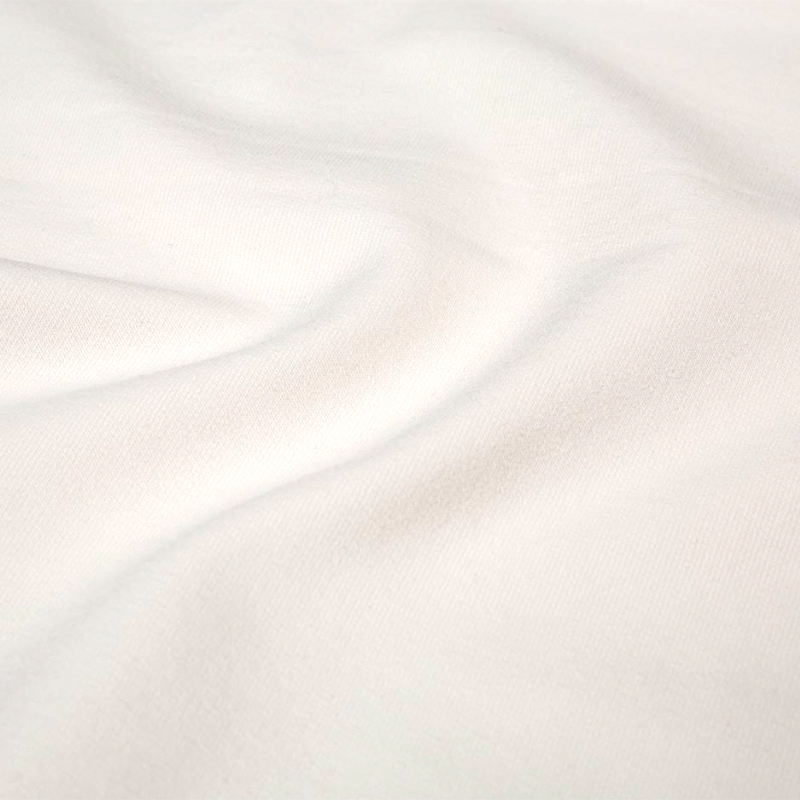Sustainable Sourcing
Organic Cotton: Utilizing organic cotton is crucial because it is cultivated without harmful synthetic pesticides or fertilizers. This not only protects local ecosystems but also promotes soil health. Organic farming practices often enhance biodiversity and reduce water pollution associated with conventional cotton farming.
Recycled Materials: Incorporating recycled fibers, such as those from post-consumer plastic bottles or discarded textiles, helps reduce the demand for virgin resources. This practice minimizes waste and conserves energy that would otherwise be used in the production of new fibers.
Water Management
Efficient Water Use: The textile industry is notoriously water-intensive, especially during dyeing and finishing processes. Implementing water-saving technologies, such as advanced dyeing machines that require less water or systems that recycle water, can significantly cut water usage.
Closed-Loop Systems: Adopting closed-loop water systems means that water used in production is treated and reused rather than discharged as wastewater. This not only conserves water but also reduces the pollution that can result from textile manufacturing.
Eco-Friendly Dyeing Processes
Low-Impact Dyes: Opting for low-impact dyes, which require less water and energy and are less harmful to the environment, can make a significant difference. Natural dyes derived from plants, minerals, or insects can also be explored, although they may require specific handling and techniques.
Dyeing Innovations: Technologies like digital printing can reduce water and chemical usage compared to traditional dyeing methods. This approach minimizes waste and can be tailored for small runs, reducing overproduction.
Energy Efficiency
Renewable Energy: Transitioning manufacturing facilities to renewable energy sources, such as solar, wind, or hydroelectric power, can dramatically reduce the carbon footprint associated with fabric production. Companies can invest in solar panels or purchase green energy credits.
Energy-Efficient Machinery: Investing in modern, energy-efficient machinery helps reduce energy consumption during production. These machines often have better technology that minimizes waste and operates at a lower environmental cost.
Chemical Management
Non-Toxic Chemicals: Using non-toxic, biodegradable chemicals in the production process ensures that harmful substances do not pollute the environment. This is particularly important in dyeing and finishing stages.
Strict Regulations: Compliance with environmental regulations, such as REACH in Europe, ensures that harmful substances are limited, promoting safer production practices.

Waste Reduction
Minimize Fabric Waste: Manufacturers can optimize cutting layouts to use the least amount of fabric possible, reducing off-cuts. Scrap fabric can be repurposed into new products or recycled.
Zero-Waste Practices: Adopting zero-waste manufacturing principles means designing patterns that utilize all material, aiming for a circular system where nothing is discarded.
Longevity and Durability
Quality Over Quantity: Focusing on creating high-quality, durable terry cloth products means they will last longer and require less frequent replacement. This approach not only saves consumers money in the long run but also reduces overall resource consumption.
Care Instructions: Providing clear care instructions to consumers can help extend the life of terry cloth products. Advising on proper washing temperatures, avoiding harsh detergents, and recommending air drying can minimize wear and tear.
Recycling and Circular Economy
Take-Back Programs: Implementing take-back programs encourages consumers to return used terry cloth products for recycling or repurposing, thereby reducing landfill waste. These programs can foster brand loyalty and promote sustainability.
Biodegradable Options: Research and development into biodegradable materials for terry cloth fabric can lead to fabrics that break down more naturally at the end of their life cycle, reducing long-term environmental impact.
Consumer Awareness
Eco-Friendly Branding: Promoting sustainable practices and eco-friendly products can help raise awareness among consumers. Highlighting the environmental benefits of choosing sustainable terry cloth products can encourage more responsible purchasing decisions.
Transparency: Providing detailed information about the environmental impacts of products can empower consumers to make informed choices. Brands that are transparent about their sourcing, manufacturing processes, and environmental footprint often gain trust and loyalty.





.jpg?imageView2/2/format/jp2)





